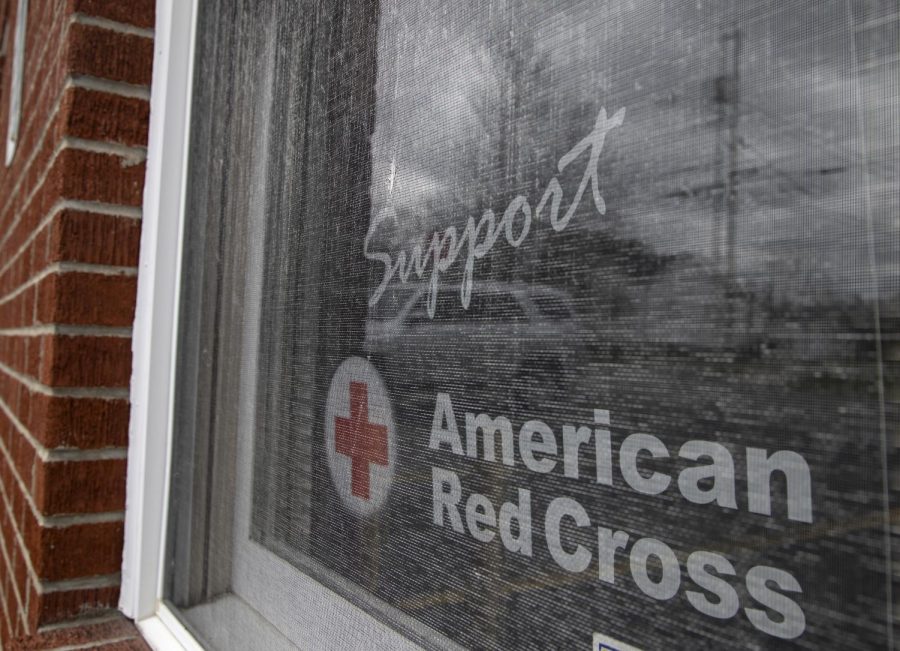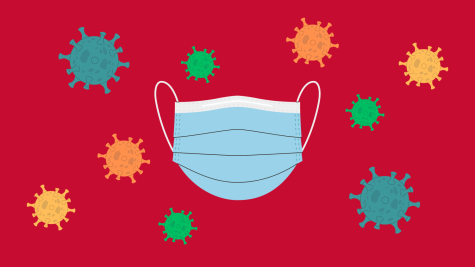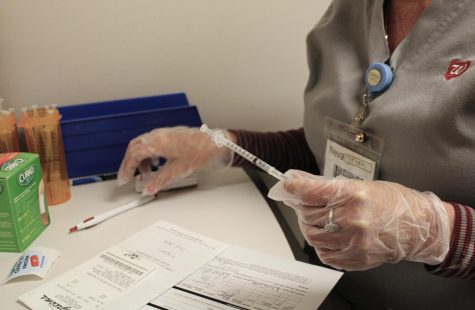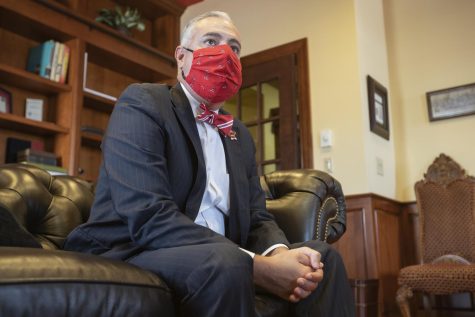Red Cross seeking blood plasma from former COVID-19 patients
February 5, 2021
More donations of convalescent plasma are needed from those who have recovered from COVID-19 to treat those currently fighting the disease.
The American Red Cross supplies 40% of all blood that is donated in the United States. While there is currently no nationwide blood shortage, there is a shortage of convalescent plasma, Sherri McKinney, regional director of communications and marketing at the Tennessee Red Cross, said. This plasma has COVID-19 antibodies that are used to treat current patients.
The Food and Drug Administration issued emergency authorization of convalescent plasma as a COIVD-19 treatment on August 23, 2020.
“With COVID-19, many people as you know are asymptomatic and may not even realize that they have COVID-19, and so the American Red Cross actually runs tests on all blood that’s donated regardless if it’s plasma or whole blood or double red,’ McKinney said. “We run it on everything, because once blood is detected as having the antibodies, we can still spin out the plasma for convalescent plasma even from whole blood.’”
Rodney King, a biology professor at WKU, said the convalescent plasma treatment uses antibodies already created to help patients develop an immune response and convalescent itself means “after you’ve has the disease.”
“The same idea, just like any vaccine, you’re trying to illicit a response to make antibodies to protect you,” King said. “If you don’t have those antibodies already you can take someone else’s.”
King described convalescent plasma as a passive treatment. It is also used in anti-venom and cancer treatments.
In order to donate, you must have no symptoms for 14 days, McKinney said.
Jennifer Capps, executive director of the South Central Kentucky Chapter of the Red Cross, said when COVID-19 hit, there was an overall decrease in blood donations, but the community has really stepped up to help.
“We have taken social distancing to the next level,” Capps said about donation sites. “Our beds are distant, there’s hand sanitizer everywhere, there’s extra cleaning everyone’s asked wear gloves, we’re taking temperatures before people arrive at the draw, and then during their pre-screening, the first batch of questions we’re looking for COVID symptoms so if anybody’s not feeling well, running a fever, has a cough, we’re asking them to not to not donate until they do feel well and can pass those health questions.”
McKinney described the procedure of donating convalescent plasma as taking about an hour and a half to two hours where the red blood cells are separated from the plasma and the red blood cells go back into the body. While donating, people have a headset and get to watch TV or Netflix.
“You need to schedule your appointment,” McKinney said. “Don’t walk in because life is busy right now.”
The Red Cross has an app where people can schedule their blood donations and see where their blood gets used.
Capps said the Red Cross has donations set up at the Holiday Inn Convention Center in Bowling Green on Wednesdays and Fridays, along with other donations set up throughout the community.
In a Jan. 25 press release, the American Red Cross announced that those who give during the month of February will be received a $5 Amazon.com gift card to their email.
“While this pandemic has made us all feel very powerless, this is something that can make someone who survived this horrible disease, this horrible virus feels very powerful and like you’re truly doing something for someone who’s in need,” McKinney said. “I mean, this could literally save someone’s life, someone’s father, someone’s mother, brother, sister, wife, child. The impact you have from donating convalescent plasma is huge.”
Assignment Editor Lily Burris can be reached at [email protected]. Follow her on Twitter @lily_burris.




















